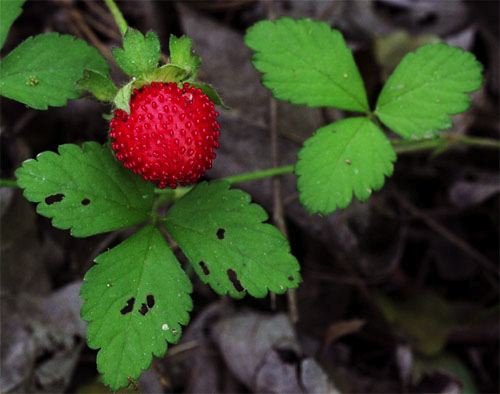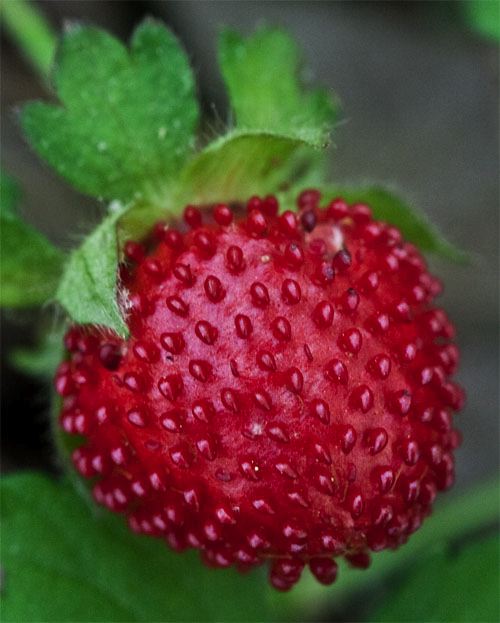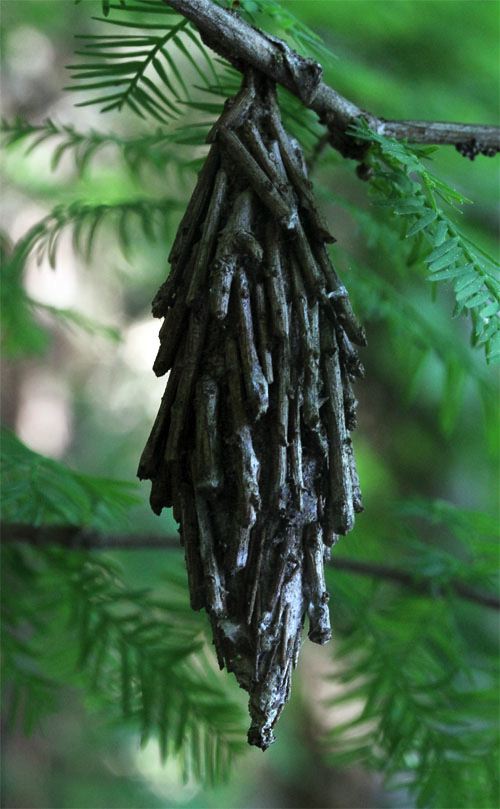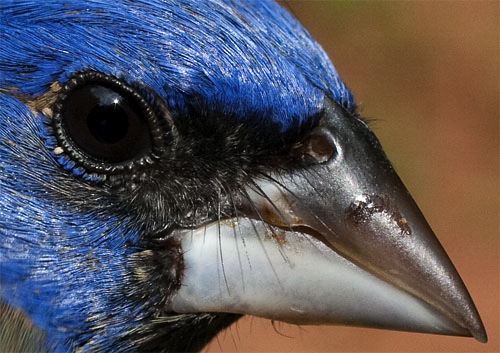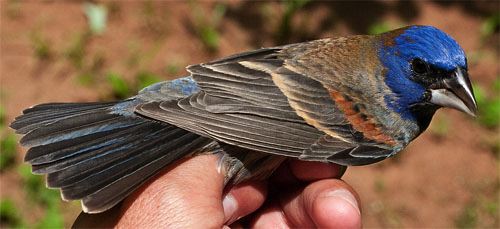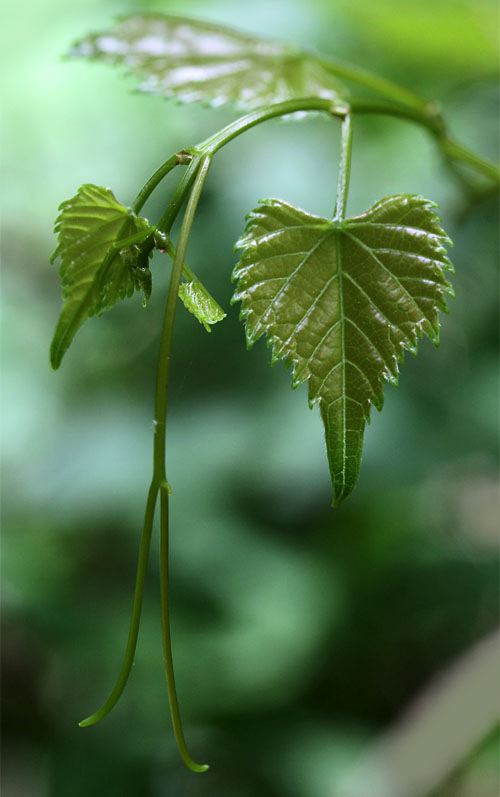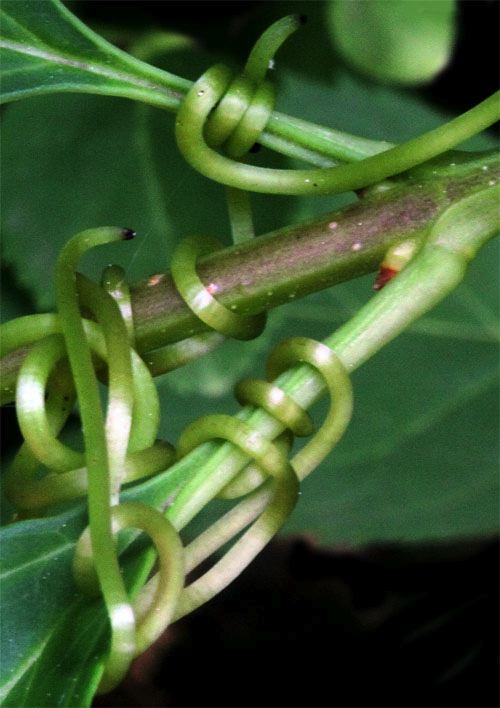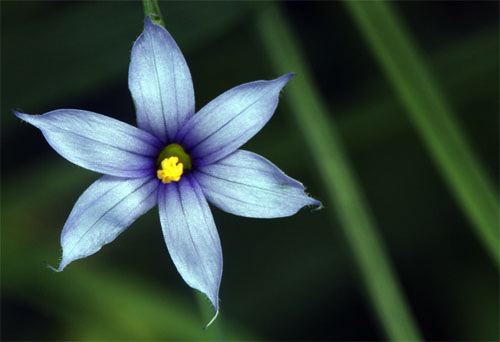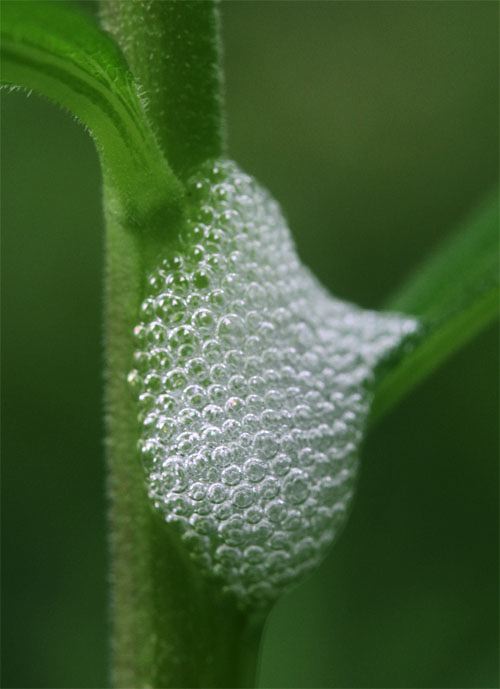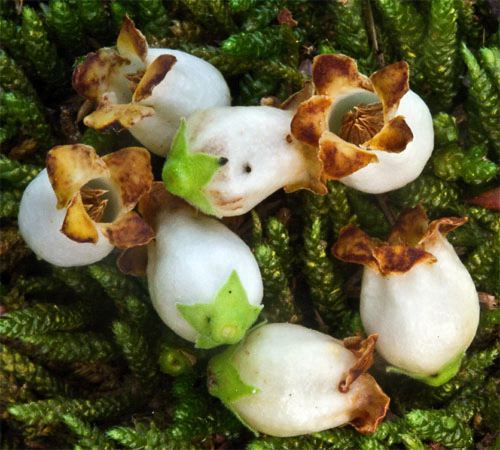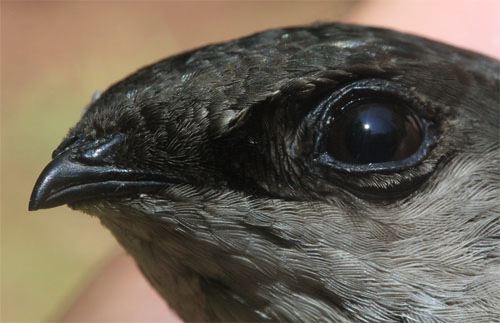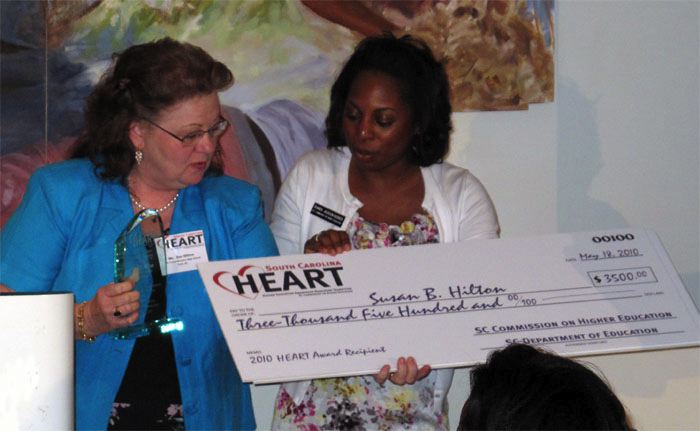|
|
|||
|
(Back to Preceding Week; on to Next Week) |
|
MAGICAL MACRO MORNINGS With no telephoto lens at hand this week we decided on several mornings to stroll around Hilton Pond with a 60mm macro attached to our Canon 7D camera. This macro lens provides a 1:1 ratio--meaning we can focus within a few inches of our subject--and because of the way sensors in the 7D are configured each image is essentially "magnified" by 1.6 times; thus, the 60mm lens becomes one with a 96mm focal length, a short "macro-telephoto." If you're not interested in such technicalities, suffice it to say this camera/lens setup allows an extremely close view of any manner of natural wonderments--from wild fruits to miniature wildflowers and from bird bills to the curious homes of immature insects. Please scroll down to see what we found and photographed this week on what we think were "Magical Macro Mornings" at Hilton Pond Center.
All text & photos © Hilton Pond Center As we wandered about with our macro lens, one of the first things that caught our eye in the wet area below the Hilton Pond dam was a red object that turned out to be Indian Strawberry, Potentilla indica (above). This non-native wild fruit from Asia--formerly classified as Duchesnea indica, arises from a yellow blossom that first appears in April. If fertilized, the flower ovary spends several weeks ripening into the succulent, globular fruit that is sometimes called Mock Strawberry. Despite regional myth, the berry is edible, even though it is essentially tasteless.
All text & photos © Hilton Pond Center Indian Strawberry produces a fruit with achenes--seeds that grow on the outside of the pulp rather than within. Achenes facilitate the distribution of the genes of a given strawberry plant, sometimes to entirely new habitats when a bird or mammal eats the berry and deposits its seeds some distance away. Indian Strawberry also propagates over shorter distances via above-ground vines called "stolons"; these radiate from the mother plant and produce a daughter where each stolon touches earth and grows roots.
All text & photos © Hilton Pond Center About 20 years ago we planted several Bald Cypresses in shallow water along the west edge of Hilton Pond. These native trees have been coming along slowly but surely and are the only flora on the property where we consistently find two-inch-long ornaments like the one above. This dangling structure is the home of a caterpillar that will eventually become one of the Bagworm Moths (Psychidae). Bagworm larvae spin silken cases they adorn with all sorts of material, including sand grains, lichens, or plant parts such as the tiny twigs visible through our macro lens (above). When the caterpillar is at rest, it attaches its bag to a stationary object with a few strands of silk; then, when ready to feed the larva nips through the silk, extends its legs through an opening at the top of the case, and crawls along--bag and all. After pupation, males emerge from their cases, but adult females--which typically have vestigial, non-functional wings--simply wait in or at the bag until a winged male flies by to copulate. In most species the female lays her eggs in the case and the cycle begins anew. (NOTE: We suspect the bag above was formed by an Evergreen Bagworm Moth, Thyridopteryx ephemeraeformis. If you can confirm this or have a better ID, please contact INFO.)
All text & photos © Hilton Pond Center Even if we're walking the trails at Hilton Pond Center we make frequent checks of mist nets we've deployed to capture birds for banding. Often, these birds also become the focus of our attention to the macro lens on our camera. Such was the case on the morning of 13 May when a blue and brown bird showed up in one of the nets. It was blue and its bill was bicolored (above), this bird had to be a male one of two species--Indigo Bunting or Blue Grosbeak--and the massiveness of his mandibles ruled out the former and confirmed the latter.
All text & photos © Hilton Pond Center Our new bird also sported a large rusty shoulder patch (above)--the definitive field mark for a Blue Grosbeak, Guiraca caerulea. This species has a more southerly breeding distribution than Indigo Buntings--seldom going further north than the Mason-Dixon Line--and can be found all the way to California and into northern Mexico. (The Blue Grosbeaks and Indigo Buntings have similar winter ranges in Mexico, all of Central America, and northwestern South America. During our hummingbird work in Costa Rica we were surprised to discover that country also hosts a non-migrant breeding population of Blue Grosbeaks, some of which we captured in mist nets.) As with Indigo Buntings, the male Blue Grosbeak is brightly colored while the female is dull brown. The brown nape and back of the individual in the photo above taken at Hilton Pond indicate it is a second-year bird; males take two full years to develop all their blue plumage.
All text & photos © Hilton Pond Center When we moved almost 30 years ago to what is now Hilton Pond Center, we left alone a small Forsythia the previous owners had planted just outside the back door of the old farmhouse. This non-native shrub has grown by leaps and bounds into a 200-square-foot thicket that provides shelter for Eastern Towhees, Northern Cardinals, Brown Thrashers, and winter sparrows. In recent years, seed-laden droppings from these birds have resulted in a competing colony of wild grapes, Vitis spp. When we used our macro lens to examine fresh growth on one of these vines, we found tender new heart-shaped leaves and delicate, drooping tendrils (above). In some vines tendrils are actually modified leaves, but in grapes they are modified stems.
All text & photos © Hilton Pond Center Grape tendrils are positively thigmotropic, meaning they grow toward stationary objects. In fact, when a tendril tip touches something solid, it tends to "cling" to it--even wrapping around the object as the tendril grows. Such is the case with the Forsythia stem and leaves above, which have become tightly enwrapped by several tendrils that will hold the grape vine in place as it extends and winds throughout the thicket.
All text & photos © Hilton Pond Center Not far from the Forsythia thicket we focused our attention on a low-growing half-inch blue blossom. As we're likely to say upon viewing its flower (above), this is a plant that's "twice named wrongly." It's Blue-eyed Grass, Sisyrinchium mucronatum, but it's not a grass and its eye is yellow--not blue. (A correspondent tells us the unopened flower bud of this plant resembles a pale blue eyeball, but we've nevr noticed.) Like unrelated true grasses (Poaceae), Blue-eyed Grass is still a monocot; nonetheless, it's actually in the Iridaceae, the Iris Family. Individual blossoms of this perennial native wildflower last for several days, closing up at night or under cloudy conditions. There were plenty of these little blue flowers during early May at Hilton Pond Center, but they're already past their prime and we had to work hard this week to find one good enough to photograph through our macro lens.
All text & photos © Hilton Pond Center Right beside the Blue-eyed Grass was a tall weedy stem that itself bore no flowers but supported an interesting structure in one of its leaf axils. Looking for all the world like a big, unappetizing gob of spit (above), our macro lens revealed this was actually the frothy home of one of the spittlebugs, a group of insects known collectively as Froghoppers. Nymphs of these insects blow bubbles from their anuses, producing spittle that protects them from predators, variations in temperature, and desiccation. Safely ensconced within the bubbly mass, an immature Froghopper inserts its mouthpart into phloem tissue of the host plant and sucks sap all the live-long day. It goes through several nymphal stages and eventually emerges as an adult Froghopper, so-named because it can jump surprising distances. Adults look nothing like frogs.
All text & photos © Hilton Pond Center At several spots along our Hilton Pond trails stand tall hardwoods with very dark bark broken into thick squares. Visitors to the Center sometimes misidentify these trees as Flowering Dogwoods, but the bark squares are too big. No, these are Common Persimmons, Diospyros virginiana, slow growers whose dense wood was once highly prized when golf club heads were actually made of wood, not metal. In our estimation, the greatest value of Common Persimmon is the delectable fruit it produces in autumn. For several years we wondered why only some of our persimmon trees produced fruit, and why in spring only some of the trees produced copious numbers of quarter-inch flowers that showered down on mossy trails beneath. We felt about as dense as persimmon wood when we finally figured out persimmon trees were dioecious, with male and female flowers on separate trees. Short-lived male flowers--complete with multiple stamens revealed by the macro lens (above)--simply fall to the forest floor after unloading their pollen, while each fertilized female flower clings tight to the tree as her fruit develops and ripens.
All text & photos © Hilton Pond Center Closing out our "Magical Macro Mornings" was one more bird caught in one of our mist nets--a Chimney Swift, Chaetura pelagica. We often see this aerobatic marvel flying above Hilton Pond Center but seldom do we have one close enough for examination through our macro lens. Swifts are in the same order (Apodiformes) as hummingbirds but in a different family (swifts are Apodidae, hummers are Trochilidae). Both families have several anatomical features in common--very short legs with feet covered by skin rather than scales, very short humerus bones, and similar skulls--but the bills of the two groups are vastly different. In a hummingbird, of course, the long, thin, pointed bill is adapted for insertion into nectar-laden flowers, while the Chimney Swift's mandibles (above) are short and decurved and very wide at the base. This allows the swift to feed aerially on flying insects, with the wide mouth serving as a funnel to send its prey toward its gullet. This bird was only our 18th Chimney Swift captured in 29 years at Hilton Pond Center. So there you have it, the results of several days of walking around Hilton Pond and peering at nature through a 60mm macro lens mounted on a Canon 7D camera body. You don't have to have a digital SLR set-up like ours to view such wonders yourself--these days almost all point-and-shoot pocket cameras have a macro mode--so we encourage you to learn how to use it and to get out sometime soon for your own "Magical Macro Mornings."
Hilton Pond Officer Wins State Award
All text & photos © Hilton Pond Center We're pleased to announce that Susan Ballard Hilton (at left above), a 35-year veteran of the high school teaching and counseling ranks, was recognized this week in Columbia by the South Carolina Commission on Higher Education as the 2010 recipient of the highly competitive HEART award for outstanding efforts in encouraging and preparing high school students to attend college. This prestigious honor carries a $3,500 personal stipend and another $1,500 award for her guidance department at York (SC) Comprehensive High School. Susan has served diligently since 1999 as Treasurer of the Board of Trustees for Hilton Pond Center for Piedmont Natural History and often alerts her students to career opportunities in the natural sciences.
|


